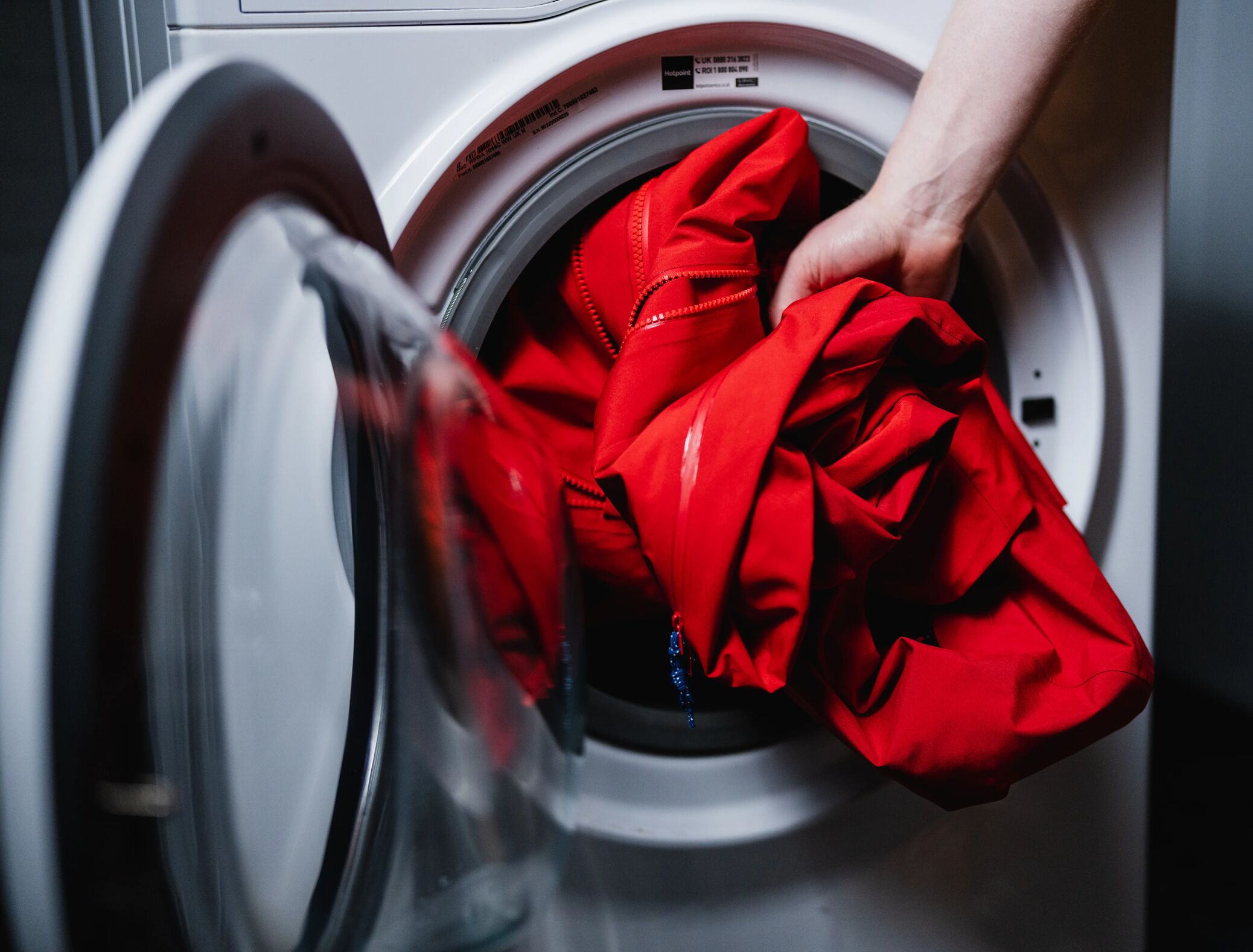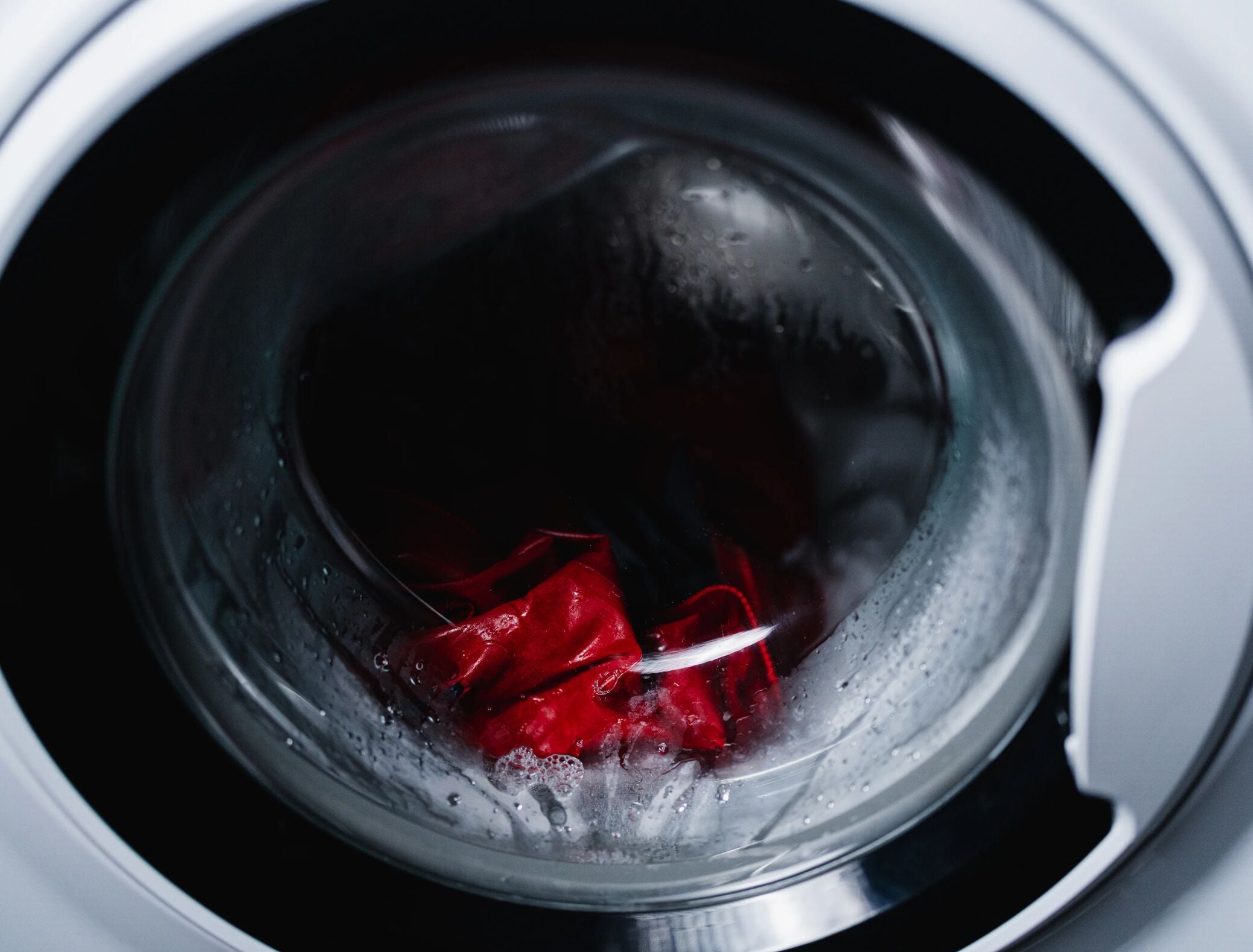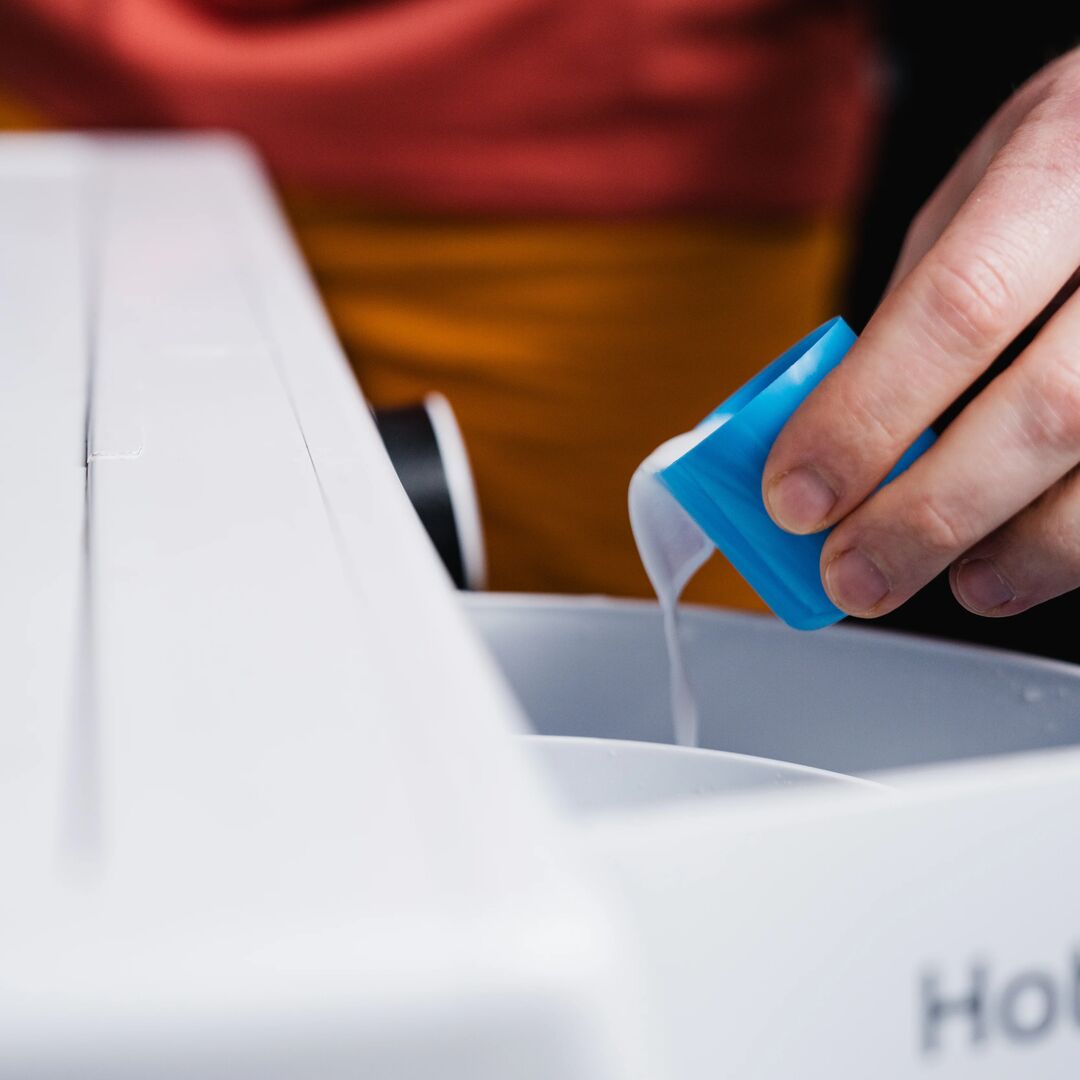A common misconception about waterproof clothing is that you should avoid washing it unless you absolutely have to... nothing could be further from the truth.
Regular washing of your waterproofs not only keeps it clean, but is essential in ensuring the best possible performance over many years. This guide will give you all the information you need to wash, reproof & care for your waterproof jacket & trousers.
How to Wash & Reproof your Jacket
Step 1 | Get Your Jacket Ready
Before we do anything, we need to get your jacket ready.
- Empty all the pockets and leave them open
- Loosen the drawcords on the hood and hem
- Loosen the cuffs and secure any Velcro
- Fully zip the jacket up


Step 2 | How to Wash & Reproof your Jacket
When washing your waterproof jacket, there are a couple of key things to remember.
- Only use a specialist waterproof or GORE-TEX approved cleaning product. We recommend Grangers 2-in-1
- We also recommend running a quick rinse cycle on your machine before you wash your jacket to clean any lingering detergent
Time to wash
- Put your jacket in the washing machine and add your specialist waterproof detergent in the normal detergent drawer
- Set the machine to 30 degrees Celsius with a slow spin cycle and hit start
If you’re using a separate washing detergent and reproofer, simply wash the jacket once in the detergent, and then again with the reproofer. Or if using a spray reproofer, spray while damp and before the next step.
Step 3 | How to Reactivate the DWR
Your freshly cleaned jacket still needs its DWR reactivating. The DWR (Durable Water Repellency) is the coating that means your jacket produces lovely beads of water. The best way to reactivate your DWR is heat which ensures the reproofing is as effective as possible.
- Put your jacket in the tumble dryer on a low, slow setting until your jacket is dry
No tumble dryer? No problem.
Let your jacket air dry and then, use an iron on a low setting with a dry cloth between the iron and your jacket. Or, if that sounds a bit scary you can use a hairdryer.

Step 4 | Stay Dry. Stay Protected.
That's it. Now it's time to get out into the mountains.
Having clean and reproofed waterproofs is essential in ensuring they perform at their best when you need them most. Hopefully with the information in this guide, washing your prized waterproof jacket is a little less daunting.
However, if you're still unsure as to the correct way to wash your jacket or you simply want someone else to take on the responsibility, our skilled team in the Wash & Repair Workshop will be happy to help.
Learn more about our Wash & Repair Service.
How to Wash & Reproof Your GORE-TEX Jacket
For some people, washing their expensive GORE-TEX gear can be scary or confusing but fortunately it’s a simple process with just a few key steps.
We’ve created this page and video to show you how to wash and re-treat your jacket at home. This is how we do it in the Mountain Equipment office as well as how we look after our own kit.
More on Caring for your Waterproof Jacket and Trousers
-
How often should I be washing my waterproof jacket?
This really depends on how much you're using your jacket, how much you sweat and the conditions you are using it in.
Essentially, the more you use your waterproof jacket, the more regularly you will need to wash and reproof it. You should wash it if it is visibly dirty on either the outside or the inside of the jacket.
As a rough guide, if you're getting out in the mountains every weekend and using your jacket each time, we'd suggest washing your jacket every 4- 6 weeks.
-
How do I know when my waterproof jacket needs a wash?
When you are using your waterproof jacket or trousers, you will notice the garment gradually begins to "wet out’". This occurs when water is no longer beading and running off the surface but instead is being absorbed into the garment's outer layer of fabric. It is usually most noticeable in high-wear areas such as the shoulders, knees, seat and around the waist.
This is because the performance of any DWR is compromised by abrasion as well as dirt and oil contamination. Whilst this will not cause your jacket to leak, it can significantly reduce breathability making you feel damp and cold, even if the clothing isn’t actually leaking.
Also, you should wash it if it is visibly dirty on either the outside or the inside of the jacket.
-
How do I wash an insulated waterproof jacket?
If you do not have immediate access to a tumble dryer, we would recommend not attempting to wash an insulated waterproof jacket yourself and use our Wash & Repair Service instead.
If you have access to a tumble dryer, please follow the steps in our Insulated Clothing Care Guide, but before tumble drying, use a spray reproofer on the waterproof fabric.
-
How should I store my waterproof jacket?
When not in use, try and store your waterproof jacket in a cool dry place away from direct sunlight.
It doesn't necessarily need to be hung up, but it definitely shouldn't live in a ball at the bottom of your pack.
-
I have a small tear in waterproof jacket, what should I do?
A lot of small tears can easily be repaired at home.
Specialist repair tapes such as Tenacious Tape™ can be very effective at repairing small tears, but they do have a somewhat distinctive aesthetic. Please be aware that if you take the tape off, they can leave residual marks that are nearly impossible to get off. Check out our collection of Care Products.
For any other repairs or bigger tears, check out our Wash & Repair Service.
-
Is there a way to keep the zips working smoothly on my waterproof jacket?
Zips should be kept clean and regularly lubed. We recommend using a product such as Gear Aid Zipper Lubricant.
-
What washing products would you recommend?
For ease, we would recommend Grangers 2-in-1 Wash and Repel.
Check out our collection of Care Products.
-
Could I wash my jacket too much?
It's a fine balance, because you need to wash your jacket regularly to get the most out of it, but if you washed your jacket too often you could cause damage to its construction or eventually its fabrics.
However, we see almost no jackets that have been washed too much, but we see far too many that have been ruined by not being washed enough.








